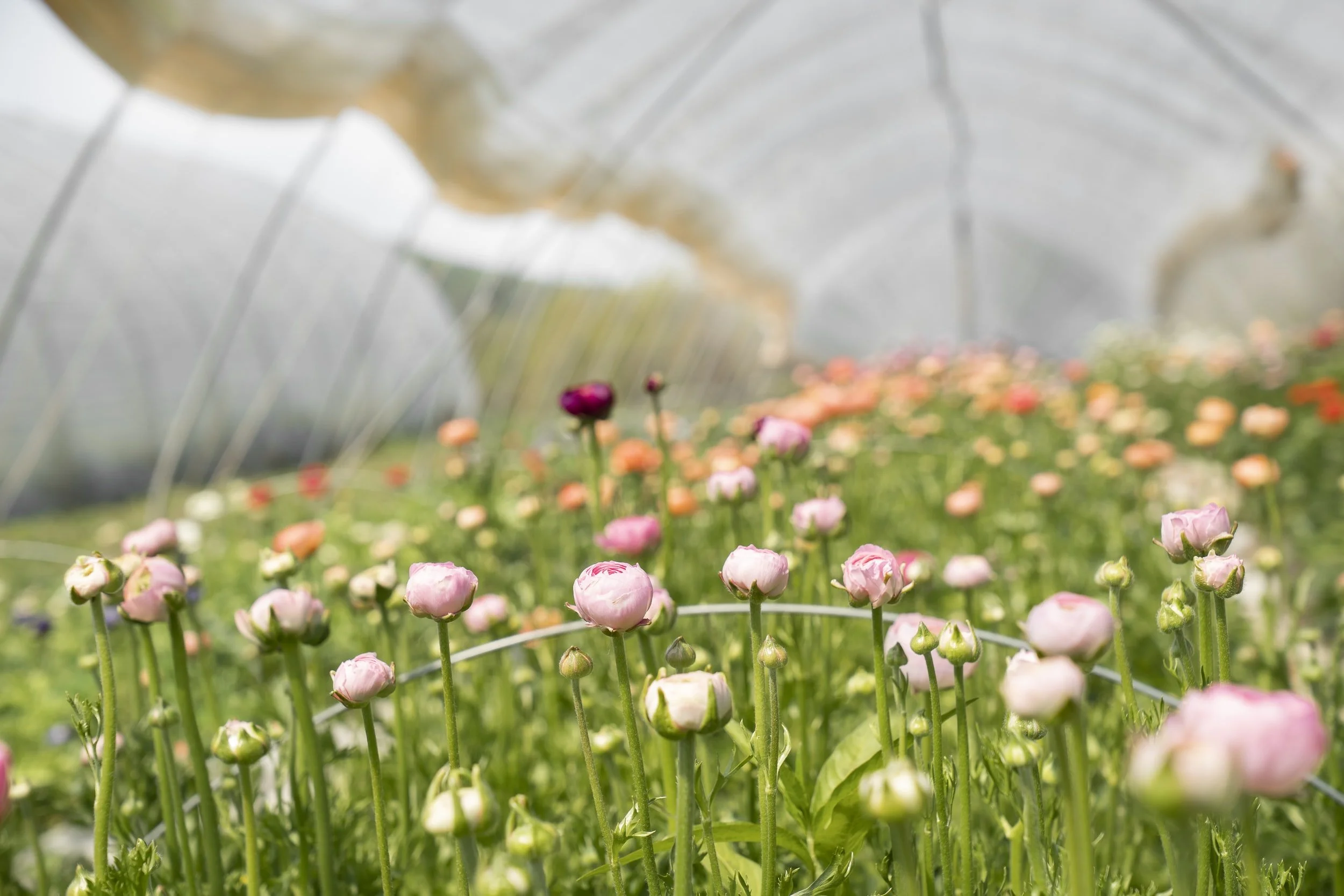Regenerative Agriculture
vs.
Industrial Agriculture
(Grocery Store)
Regenerative Agriculture
Builds Soil at Exponential Rates
Restores and Increases Biodiversity
Sequesters Carbon
Requires Holistic Management
Leverages Local Inputs and Outputs
Low use of oil, capital, debt, & tech.
Minimal Permanent Infrastructure
Completely Transparent and Accessible
Certified by Customers
Balances all 8 Forms of Capital
Mimics Ecosystem Processes (Biomimicry)
Communities are enthusiastic and active participants who benefit from choosing pure, nutrient dense foods produced with maximum ethical consideration.
CLICK HERE for a short video detailing Regenerative Agriculture. For a more in-depth look, scroll down.
Industrial Agriculture
Destroys Soil at Exponential Rates
Eliminates Biodiversity
Creates Large Carbon Waste Streams
Bottom Line Management Only
Global Inputs and Outputs
Dependent upon oil, capital, debt, & Tech
Massive Permanent Infrastructure
Veiled, Restricted, Secretive, Inaccessible
Certified by Government Organizations controlled through massive Lobbying
Depletes all other forms of Capital to maximize Financial Capital only
Eschews Nature in favor of Monoculture, Uniformity, and Automation
Communities are inactive participants from which money is taken (aka hostages to the complex) in return for low-quality, chemical ridden foods produced unethically and with incomprehensible quantities of ecology destroying industrial waste.
A Brilliant 1 Hour Expose on Regenerative Agriculture by Industry Leader Richard Perkins of Sweden
Regenerative Farming
The first years of this decade have been extraordinary. Between the global pandemic, the exploding biodiversity crisis, and ever increasing natural disasters in all hemispheres, there are clear and indisputable lines drawn
directly to the last hundred years of industrial agricultural practices.
These practices had one goal in mind - maximized productivity at any cost. Today we are paying that cost and it is a high one. For example, in less than 100 years, Oklahoma has lost more than 9 feet in depth of its 40,000 year old topsoils from plowing, tilling, and artificial fertilizer use. Other obvious examples are te universally disrupted global water cycles; the stunning rates of spreading desertification; the increasingly unpredictable and radical temperature patterns; the shifting of agricultural zones and migratory patterns; an off-the-charts species extinction rate; and the fact that our food supply has become not only nutrient impoverished and heavily toxin laden while our distribution system has revealed itself to be critically fragile.
These two systems, industrial production and monopolistic distribution, both depend almost exclusively upon the world’s highest rates of petroleum consumption, upon importation and exportation over massive distances (the typical American meals has ingredients sourced from no less than 1,500 miles away), and government subsidies intentionally misdirected by the world’s largest lobbyist triage - agriculture, petroleum, and chemical.
Watching our societies suddenly reveal themselves not as robust and unshakable as we thought, but as frail and on the verge of collapse gave our family a sudden sense of urgency to do our part - not only in reducing our own negative impacts on ecology and society, but in going farther… into the possibilities of regeneration - the restoration of soils and ecology while creating nutrient-dense food security for ourselves and our community. We do this by leveraging permaculture principles, biomimicry, holistic management and plain old “not-so-common” sense.
We all owe it to our fellow beings to be extremely thoughtful about how our choices
will effect all those downstream of us - be they animals, ecosystems, neighbors or future generations.
Most local communities are now entirely dependent upon cheap, commercially produced goods laden with residual pesticides, herbicides, fungicides, steroids, and antibiotics. More than 50% of our foods are imported from across the globe, being genetically modified and chemically forced to grow quickly, then harvested while immature, dyed, gassed, and artificially preserved with various waxes and sulfur applications just to survive the journey.
Not surprisingly, we are witnessing a corresponding rise in all ranges of health issues through sedentary lifestyles, very poor diets (including a massive decline in home cooking and basic dietary knowledge as well as ever increasing detachment form our food sources), and the fact that so many of the people in the western world are spending at least 40% of their time behind phone, tablet, and computer screens, causing physiological as well as emotional, psychological, cultural, intellectual, and spiritual degeneration. In the meantime, soil, our most critical natural resource next to water (see “Dirt: The Erosion of Civilizations”, is deteriorating at exponential rates leaving us in the U.S.A., as of 2022, with roughly 60-70 years of fertile soil left within current industrial agriculture practices . . . 60 years.
The time for change is yesterday but it won’t happen if we continue to hide behind our insta-screens, if we choose ignorance over actively becoming informed, and if we persist in our myopic delusion that progress without limits in a finite world with finite resources is somehow a sustainable method of operation.
That’s why we have decided to step out into the fields to do our part from the bottom up. If you don’t like dirt under your finger nails, no problem, communities and individuals can support Regenerative Agriculture by purchasing food from local farms like Ridgemeade. As a side-effect, you’ll find your immune system made robust and your health optimized by the peerless nutrient-density and flavors of real, natural, local foods.
To study the night-and-day difference between grocery store food and nutrient-dense local foods, we encourage you to read “Nourshing Traditions” by Sally Fallon, and to join the Weston A. Price Foundation. For the Documentary minded, we recommend “Biggest Little Farm”, “Food, Inc”, and “Kiss The Ground”
Learn more about Regenerative Agriculture at www.regenerationinternational.org/why-regenerative-agriculture/

